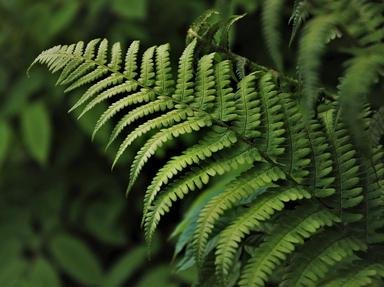Quiz Answer Key and Fun Facts
1. Which of the following is NOT an ancestor of the modern citrus fruits?
2. A citrus fruit is which type of fruit?
3. Which of the following is not a part of a citrus fruit?
4. The outer portion of the exocarp of a citrus fruit, used in cookery, is also known as what?
5. Which citrus fruit has a sweet (not bitter) peel and sour pulp?
6. Which of the following is NOT a reason why products made from zest are being developed for use as a potential botanical disinfectants and antibiotics?
7. Which of these chemicals is a byproduct of orange juice manufacturing and is commonly used in cleaning solutions?
8. Often food dyes are made from artificial coloring agents. Which of the following zests holds promise as a source for a stable yellow food coloring dye?
9. Which of the following citrus fruits is known for its interactions with medications?
10. Which of the following fruits are used in a commercially available toothpaste that has antibacterial activity against bacteria that cause tooth decay?
Source: Author
celvet
This quiz was reviewed by FunTrivia editor
rossian before going online.
Any errors found in FunTrivia content are routinely corrected through our feedback system.
